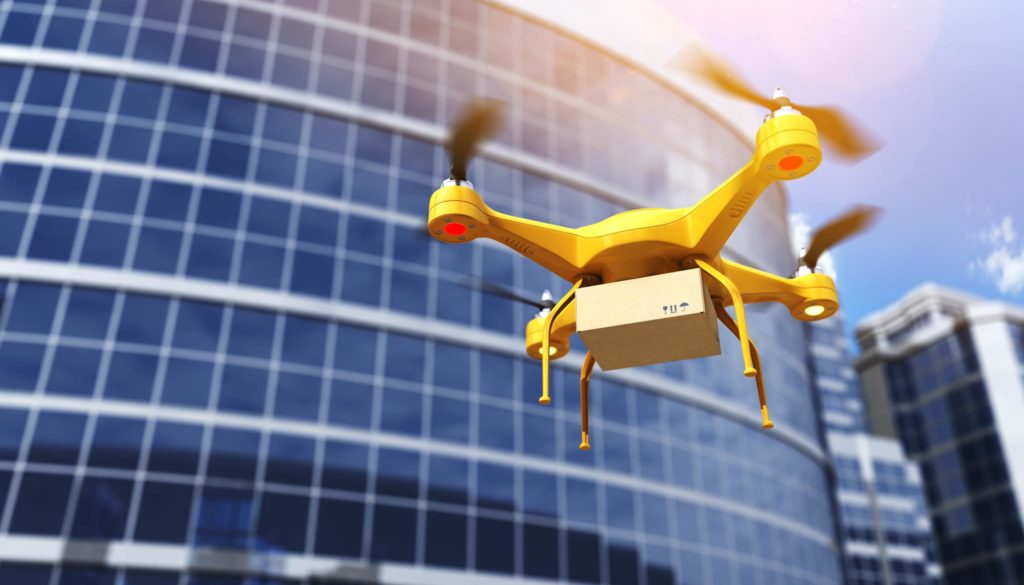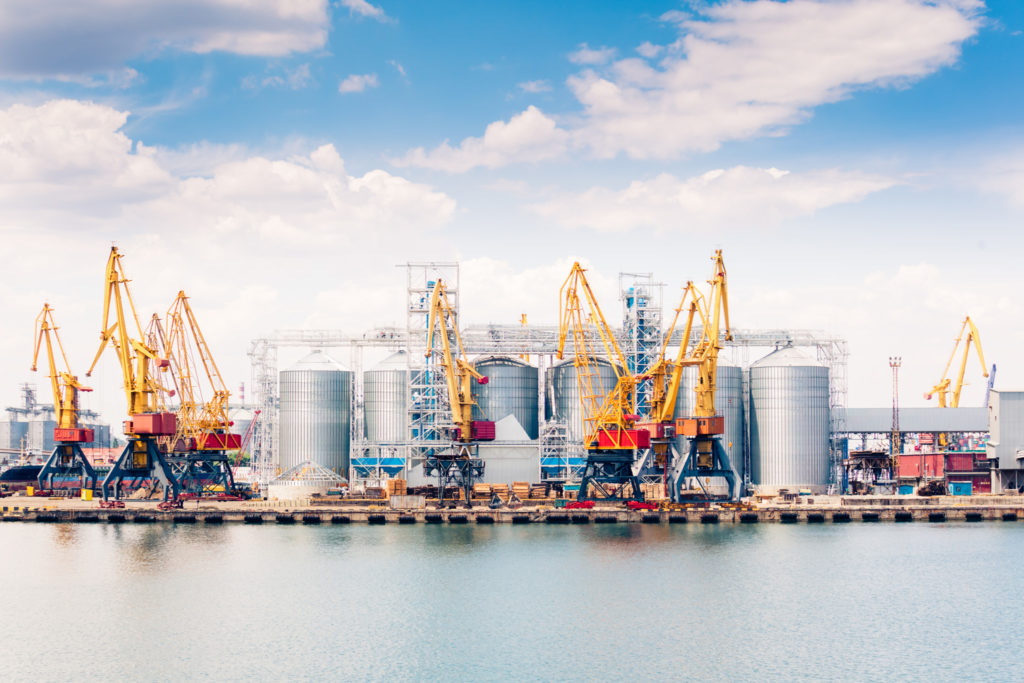2020 was a wake-up call for the logistics industry, spurring massive innovation in the logistics and fulfillment sectors. The pandemic revealed weaknesses boiling beneath supply chain surfaces with empty store shelves almost overnight. In light of it all, significant logistics innovation has shaken up the fulfillment industry, and exciting opportunities are everywhere. These trends lean on quickly-evolving technology. So “what is the logistics industry?” It’s the science of building customer satisfaction in a competitive, ever-evolving market. The newest technology trends in the logistics industry create customer loyalty, grow bottom lines, and help companies prepare to pivot when the unexpected strikes.
Artificial Intelligence
From the top down, artificial intelligence (AI) capabilities scale businesses at unprecedented levels. By gathering data points from all logistic sectors, AI processes data points and eliminates errors beyond human ability. The comprehensive data tells a story full of details about a company, shedding light on operations enhancement opportunities.
With aggregate AI-driven data revealing weaknesses and strengths, logistics companies can change operation protocol to optimize the entire consumer cycle from supplier to customer delivery—and beyond. Artificial intelligence powers warehouse automation and is key in warehouse management systems.
With current supply chain challenges slowing construction, home goods, and other industrial production, staying ahead of supply and demand is crucial for companies who want to stand out in today’s competitive and tumultuous marketplace. AI notifies appropriate departments of changes in supply and demand, avoiding related challenges down the road.
As for road transportation, AI anticipates weather and traffic patterns for optimal delivery routes and keeps delivery drivers on track with state-of-the-art fuel consumption monitoring so that drivers are held accountable for their assigned routes. At the same time, AI eliminates missed freight delivery maintenance or service through reminders and preventive prediction of breakdowns.
Drones and Delivery Automation
Imagine delivering to customers in rural locations faster than any of your competitors. It once seemed like fodder for science fiction movies, but companies embraced delivery innovation at an unprecedented rate during the Covid-19 pandemic. With drones’ increasing sophistication and capabilities, speedy delivery outside urban areas is no longer fantasy. Amazon is the largest proponent of drone delivery, but other companies, such as Kroger, are entering the space. Traditional delivery services are also adopting the technology, with DHL, FedEx, and UPS all set to introduce their drone delivery services.
With an increased customer base and an opportunity to tap into the under-served rural markets, drones are more than a logistics industry trend—they’re a growing staple. With drone technology poised for expansion, logistics companies have opportunities to embrace another logistics innovation trend: delivery automation integration. These two innovations work together to deliver significant savings for companies and immense customer satisfaction.
Companies hesitant to adopt drone technology are missing the bottom line: a delighted customer. Optimizing every step of any supply chain contributes to happy customers, but delivery is a crucial touchpoint creating a lasting impression for the customer. Optimizing the delivery experience through drones and delivery automation boosts the chances of customers returning to you (and not a competitor) and singing your praises on social media.
Cloud Computing
Working together with artificial intelligence, cloud computing expands technology logistics capabilities while decreasing overhead. It builds a foundation for that top-notch consumer experience that fosters repeat customers when appropriately integrated.
In 2021, consumer data breaches reached unprecedented levels, putting security and privacy top of mind for online shoppers. Over 300 million victims had their personal information compromised. Implementing the latest cloud technology means protecting customers’ data with cutting-edge security measures and building trust with a consumer base long before the final touchpoint is complete.
Additionally, cloud computing’s capabilities allow for nearly unlimited scalability. Decreased hardware maintenance and back office operation enhancements mean less room for equipment malfunction. At the same time, all appropriate team members have access to necessary information in the cloud, no matter their location. The power of AI and cloud computing lets businesses track inventory in real time, upload current data points consistently, and attract new customers on different platforms.
Last-Mile Delivery and LTL Delivery
Fast delivery times have evolved from luxury status to staple customer expectations, calling on companies to explore logistics innovation in delivery services. Fulfillment centers lean heavily on last-mile delivery; the last-mile delivery industry will reach just under $52 billion by the end of 2022. The “last mile” refers to the supply chain phase when the merchandise leaves a fulfillment center for its final destination—the more efficient, the quicker the delivery, and the more satisfied the customer.
Last-mile delivery strategies vary based on local resources and carriers but require consumer transparency. Consumers expect updates on where their package is, requiring companies to invest in shipping technology and infrastructure that moves purchases fast while updating the end user through different communication channels. While companies lacking Amazon’s resources might wince at the upfront investment, numbers show the benefits outweigh the risks of losing repeat customers.
Companies have found ways to optimize last-mile delivery. Also known as less-than-truckload freight shipping, LTL delivery is a freight delivery co-op that makes clever use of local shipping resources. LTL delivery offsets initial innovation logistics costs by saving money during the crucial last leg of the supply chain. Shippers pay only for used truck space, eliminating wasted gas and unnecessary human resources.
These logistics innovation examples all point to streamlining the supply chain to build a steady influx of returning customers. Current global supply chain demand challenges reveal industry flaws, and companies that want to stay in the game must integrate technology that pays in the end. The logistics innovation trends in this article are more than just trends. We’re witnessing a permanent shift in logistics standards that define which companies will move forward into the future of commerce. If 2020 showed us anything, we need to prepare for the unexpected. Innovations in logistics and fulfillment are here to do just that.
Discover more about Encore Deliveries’ services and flexible shipping options by calling 905-670-7111 or contacting Encore online.



 Who We Are
Who We Are
 Our Advantages
Our Advantages
 Case Study
Case Study





